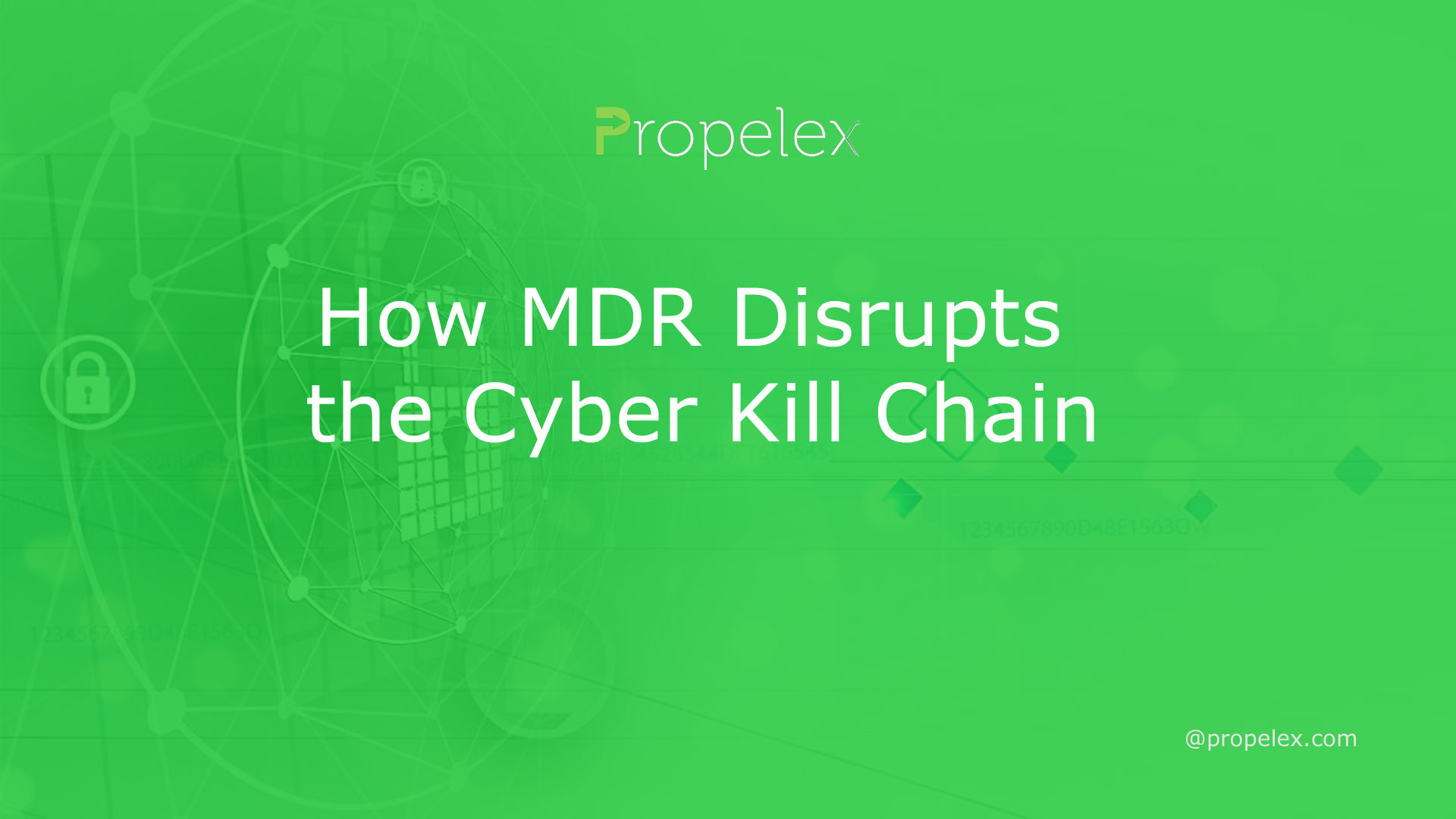If you are a cyber security professional, you might be looking how MDR disrupts the cyber kill chain. Are you implementing Multi-Dimensional Response (MDR) to help you prevent attacks from moving from your perimeter to your data center? If so, there are many things you need to know to keep your organization safe from threats. Here are some of the most important aspects you need to be aware of.
Malicious insiders
A malicious insider is a person within an organization who has legitimate access to important company data but misuses this access for personal gain. This may involve stealing private data, downloading files, or using an insider’s credentials to gain access to confidential systems and resources. This can affect an organization’s reputation and cause business failure.
The most common forms of insider fraud include data theft and insider trading. These activities most likely performed during regular work hours and motivated by personal financial concerns or greed. Some of these actions can also motivated by stress, disgruntlement, or unmet expectations.
An insider can be any employee or contractor. The United States Computer Emergency Readiness Team defines an insider as someone who has legitimate access to company resources but misuses them for personal gain. An insider can be a current or former employee, a trusted business partner, or a criminal.
A malicious insider can be a careless or disgruntled employee, a trusted business partner, or someone who colludes with a competitor to gain illegal access to corporate systems. They can also be a criminal who works alone.
Advanced persistent threats
Advanced Persistent Threats (APT) are cyberattacking that stay undetected for a prolonged period. The perpetrators of these attacks use social engineering techniques to gather and store sensitive data. The information then used to destroy or obfuscate the targeted system.
APT attacks typically conducted by nation-state cybercriminals. They also target organizations that host valuable information, like media companies or political parties. Depending on the type of organization targeted, they may also target infrastructure systems or intellectual property.
Most APTs carried out in multiple phases. The first stage is reconnaissance. The attacker may leverage malware to gather information. They move up the organization hierarchy until they have gained access to key staff members. At this point, they can monetize the stolen data. They may demand a ransom or sell it on the dark web.
As an attacker gains more access, they may manipulate the gathered data to sabotage product lines or product lines. They may also obfuscate the target system or delete logs.
Supply chain attacks
Supply chain attacks are a growing problem and are increasingly becoming a security threat. They often not detected by existing security tools, and they can target hybrid environments and on-premises servers. They offer attackers a variety of access points, from the client system to the upstream vendor. In fact, the most common types of attacks involve the addition of a backdoor to a legitimate piece of software.
These types of attacks can cause major disruptions, and can also use as a tool for extortion and ransom. They can be very difficult to defend. They are a risk to both companies and consumers.
Supply chain cyber-attacks typically target suppliers, vendors, and customers. Typically, they start as an outside threat. They can come in the form of embedded code on a chip, or on an update server, or they can be code that embedded in a component or service provider.
Several recent high-profile attacks show the scope of the problem. The first, NotPetya, targeted government and telecom firms. A similar attack on Maersk, the global logistics company, caused 300 million in damages.
Detecting threat actors before they reach the lateral movement phase
The cyber kill chain is a cybersecurity model that used to describe various stages of common cyberattacks. Originally developed by Lockheed Martin, this model breaks down a common attack path into phases that security teams can use to understand and prepare for potential threats.
The main purpose of the cyber kill chain model is to prevent sophisticated cyberattacks, such as ransomware, from taking place. It also provides a high-level description of the steps attackers take during an APT attack.
When a malicious actor attacks an organization, it’s important to be aware of the threat’s progress and to act quickly to prevent further damage. Often, the attack will only last a few hours. However, an APT attack can be a long and complicated process. It can involve multiple systems, multiple user accounts, and multiple malware infections.
The first stage of the attack is reconnaissance. It occurs when an external attacker carries out a thorough evaluation of the network. During this phase, the attacker may perform brute force attacks to identify potential vulnerabilities. They may then perform directed queries to extract more data from the target system.









